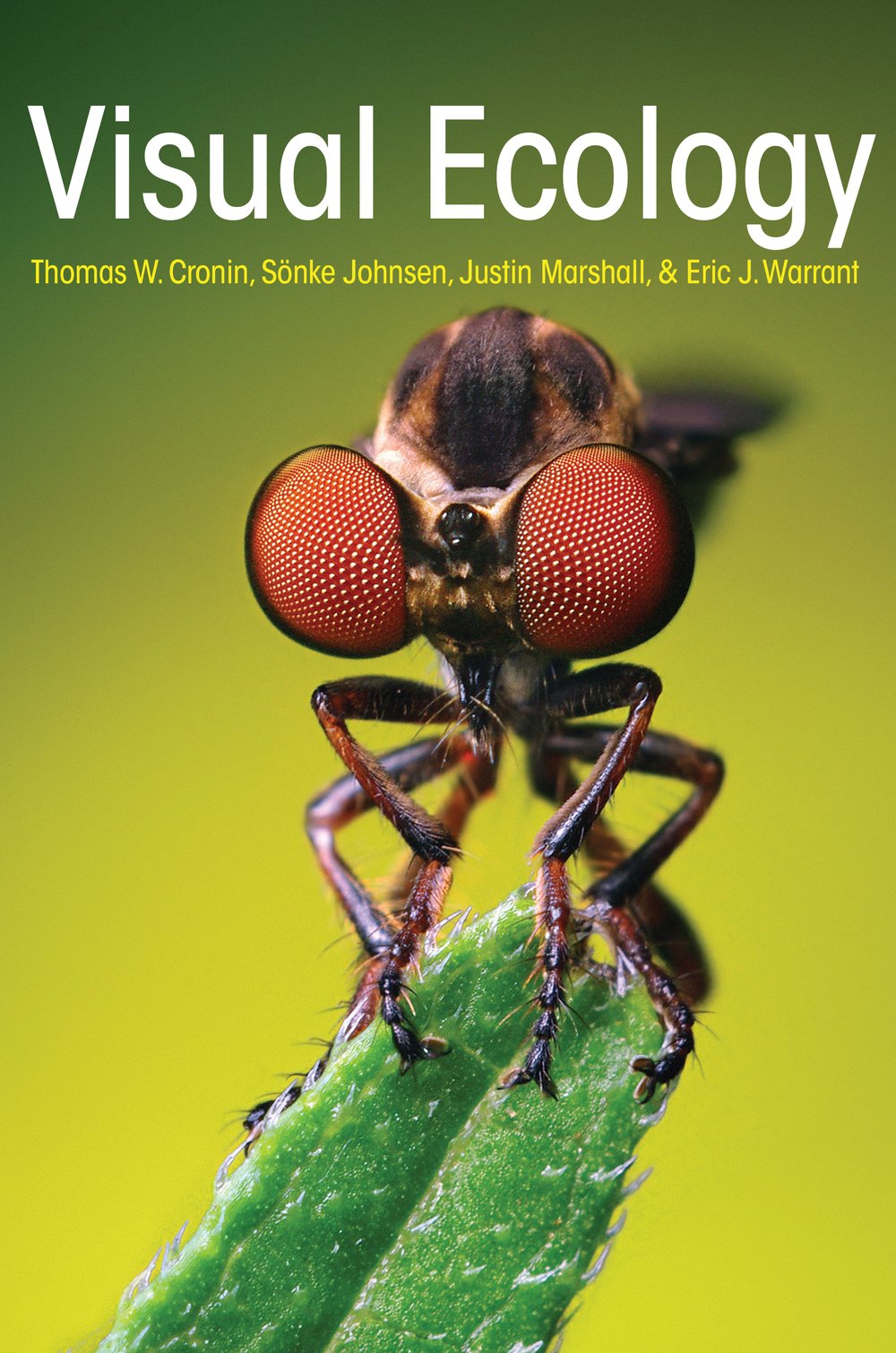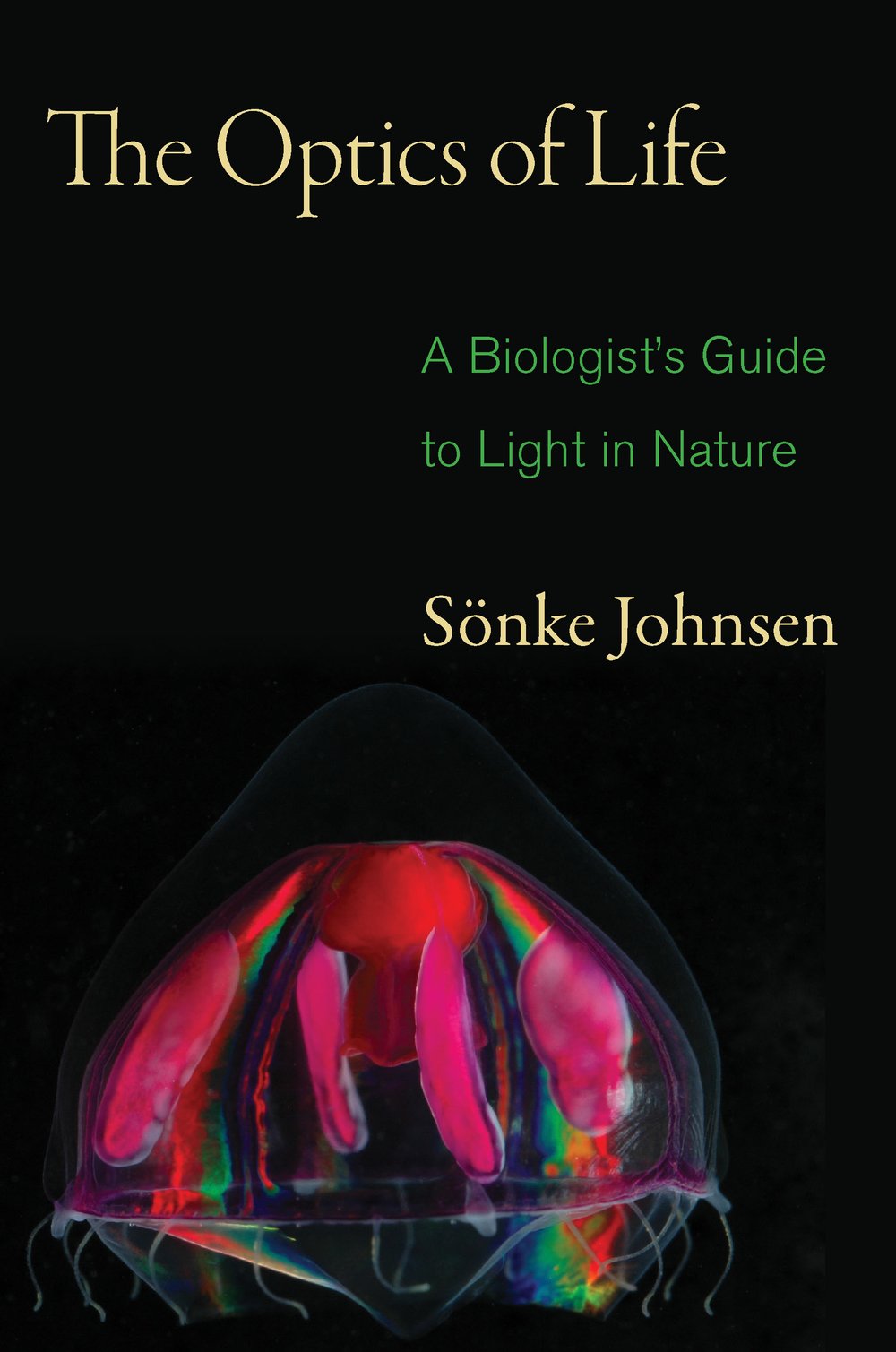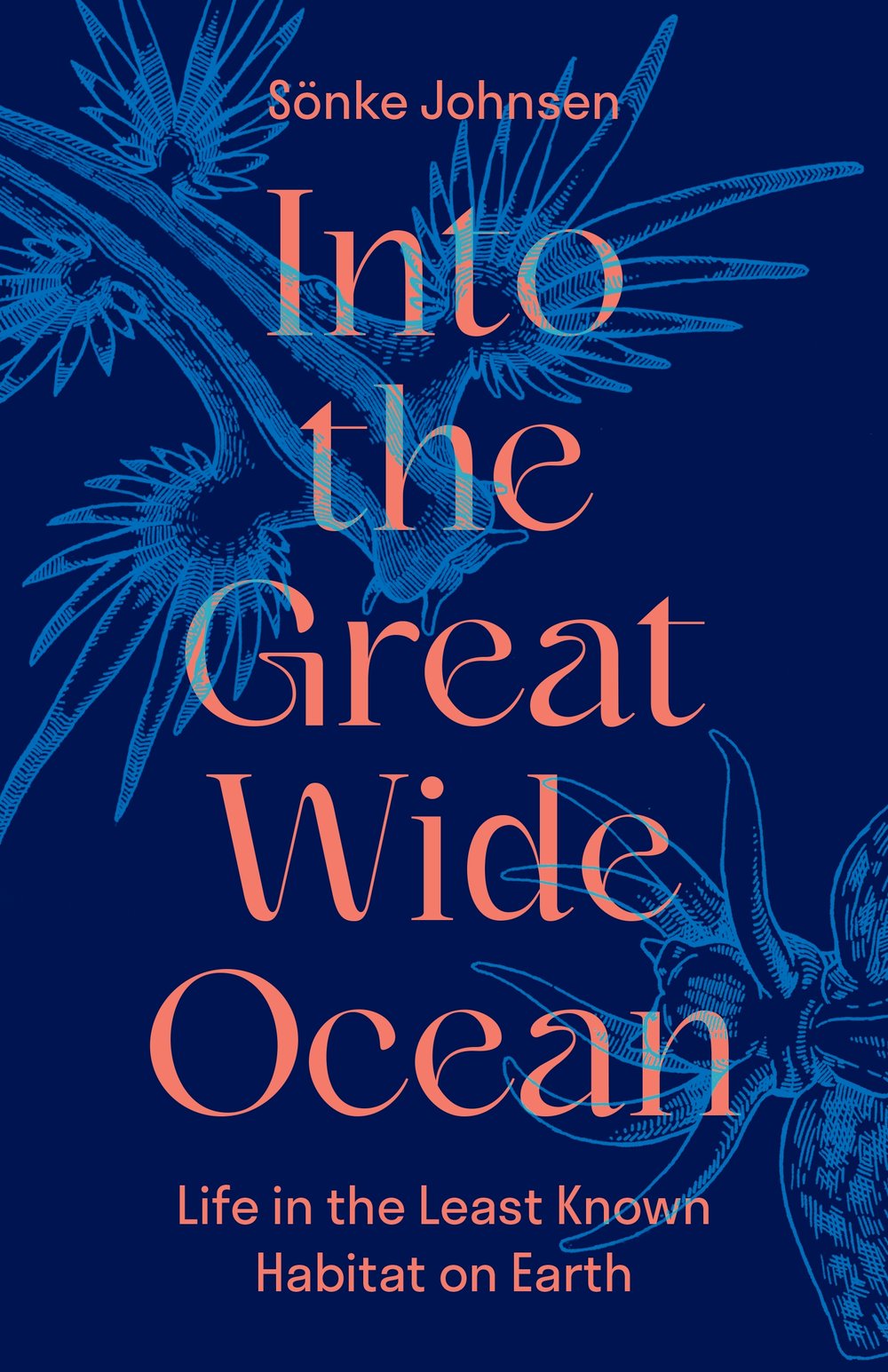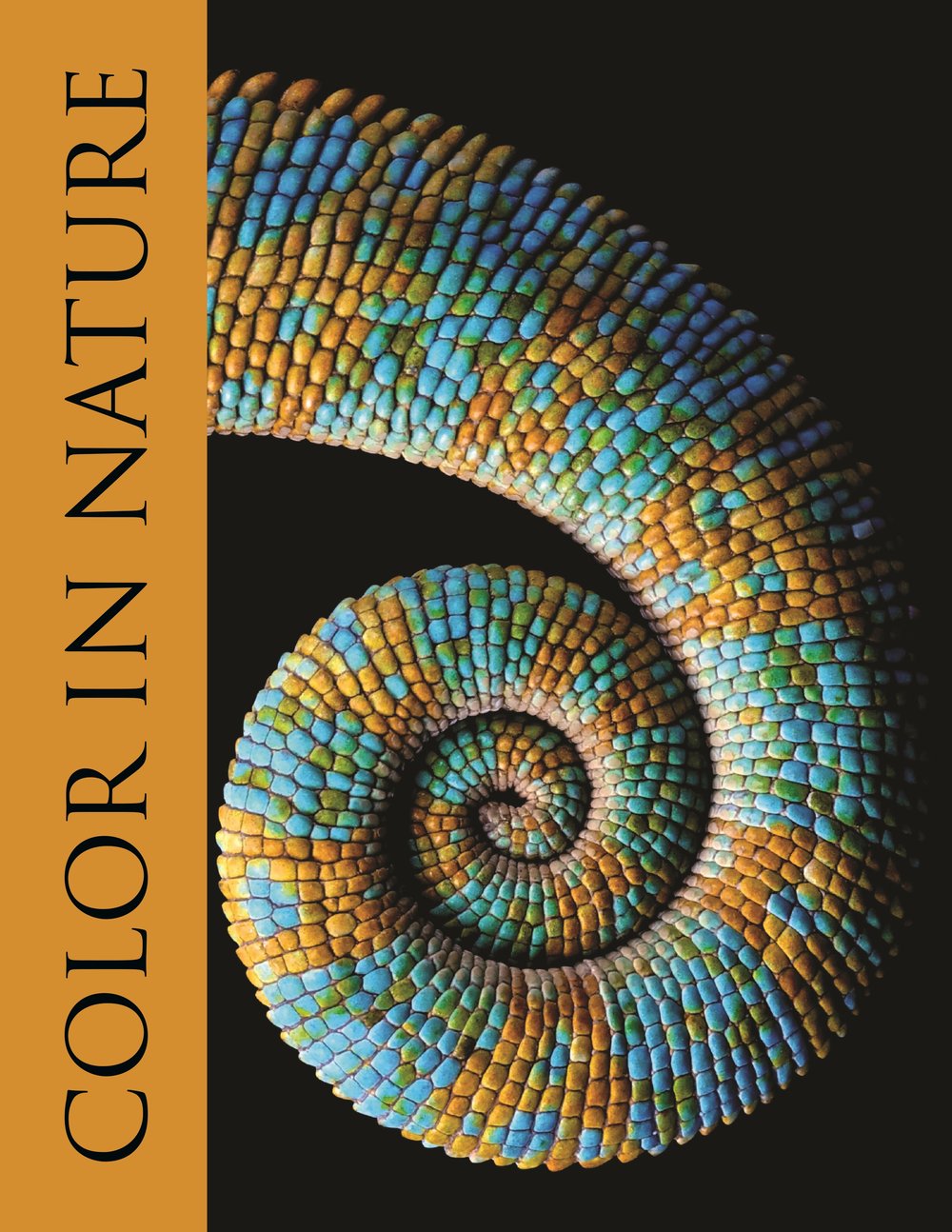Visual Ecology

Visual ecology is the study of how animals use visual systems to meet their ecological needs, how these systems have evolved, and how they are specialized for particular visual tasks. Visual Ecology provides the first up-to-date synthesis of the field to appear in more than three decades. Featuring some 225 illustrations, including more than 140 in color, spread throughout the text, this comprehensive and accessible book begins by discussing the basic properties of light and the optical environment. It then looks at how photoreceptors intercept light and convert it to usable biological signals, how the pigments and cells of vision vary among animals, and how the properties of these components affect a given receptor's sensitivity to light. The book goes on to examine how eyes and photoreceptors become specialized for an array of visual tasks, such as navigation, evading prey, mate choice, and communication. A timely and much-needed resource for students and researchers alike, Visual Ecology also includes a glossary and a wealth of examples drawn from the full diversity of visual systems. * The most up-to-date overview of visual ecology available* Features some 225 illustrations, including more than 140 in color, spread throughout the text* Guides readers from the basic physics of light to the role of visual systems in animal behavior* Includes a glossary and a wealth of real-world examples

Thomas W. Cronin is professor of biological sciences at the University of Maryland, Baltimore County. Sönke Johnsen is professor of biology at Duke University. Justin Marshall is professor of biomedical sciences at the University of Queensland in Australia. Eric J. Warrant is professor of zoology at Lund University in Sweden.



